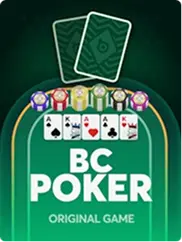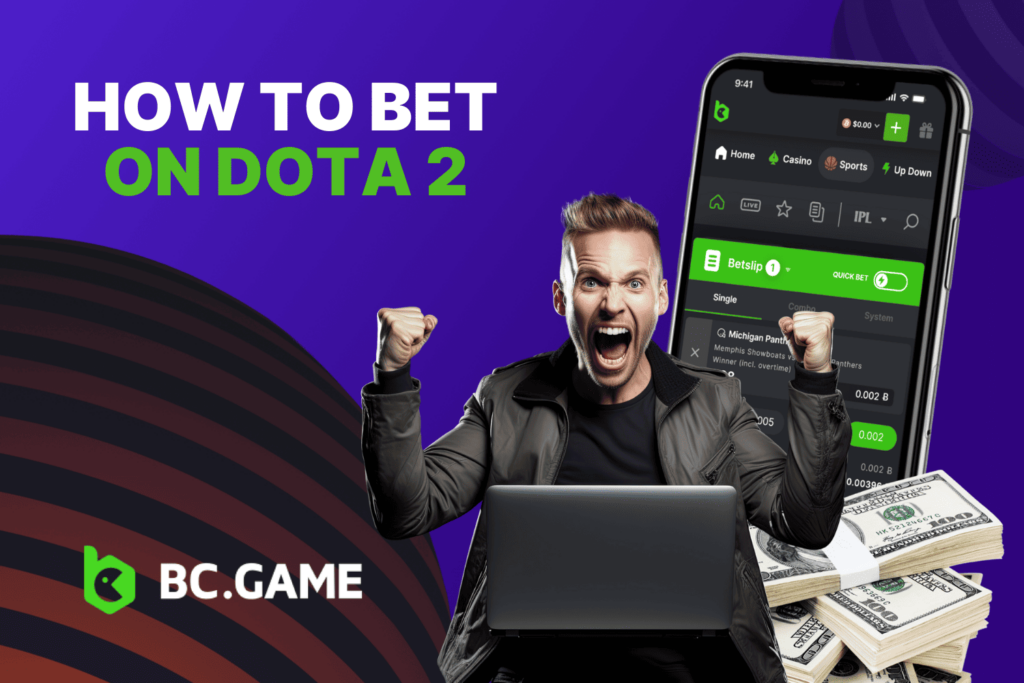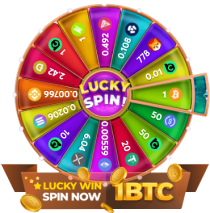
What is Bankroll Management in Sports Betting?
Suppose you’ve earmarked a specific amount of money for betting on sports. How can you stop it from disappearing after just a few bad wagers? This is where bankroll management comes into play, serving as a sort of financial safety net. How should you handle money in your account used to play slot machines online or blackjack? It’s all about using your betting stake wisely so that you can stay in action far into the future and—with luck—come out on top.
Why is Bankroll Management Important?
Think of bankroll management as the foundation of your sports betting strategy. Without it, even the most skilled bettors can find themselves out of money and out of the game. Here’s why it’s so crucial:
- Survival Through Losing Streaks: No matter how good you are, losing streaks are inevitable. Proper bankroll management helps you survive these rough patches without going broke.
- Consistent Betting: It prevents you from making impulsive, large bets that could wipe out your bankroll. Instead, you stick to a disciplined approach, betting a consistent percentage of your bankroll each time.
- Long-Term Profitability: By managing your bankroll wisely, you increase your chances of being profitable over the long term. It’s not about winning big quickly but about steady, consistent growth.

How Does Betting Bankroll Management Work?
Effective bankroll management means setting aside a specific amount of money for betting and then making disciplined, calculated decisions about how much to wager on each bet. The objective is to continue your betting long term, without the trap of immature harmful betting. Your money should last away through both winning and losing streaks.
Setting Up Your Bankroll
The first step in effective bankroll management is to determine your initial bankroll. It’s the amount of cash you can allocate for betting and not feel stuck with. This is the kind of thing that should be saved up–money lying around in the bank, but not being used for anything else. It is what will now serve as our beginning stake and doesn’t really matter if we lose it.
In determining your initial bankroll amounts, you should consider both your disposable income and your fixed financial obligations. The amount should be large enough to allow for meaningful betting experiences; small enough so that you could bear parting with it without suffering serious consequences. It’s a good rule for most people, therefore, to start out with a bankroll that represents a percentage of their annual disposable income.
Once you have established your bankroll, the next step is to employ a unit-betting system. A unit is the standard measure of how much you bet on each wager, ranging from a minimum size of 1% to a maximum size of no more than 5%. For example, with an initial $1,000 bankroll, one unit might be $10 (1%).
It is perfectly right and proper to use units in your betting. They give you a solid yardstick for measuring your bets; and they also guarantee that your bankroll will never again be placed at too large risk with an over-bet. Further, when you wager a fixed number of units each time there is little chance of making them grow overly big and rapidly bringing out your funds. And having a set betting unit also means that it is easy to trace and analyze your bets.
Return on Investment (ROI) is considered by some to be a cornerstone of sport betting. This important statistic tells you how efficiently you let loose your bets. By taking the net profit and dividing it by the total amount wagered, anyone can obtain an approximate percentage figure. In sports betting, understanding your ROI is crucial for evaluating the success of your bets and also to make informed decisions about any future wagers.
To calculate ROI, use the following formula:
✅ Formula for ROI: ROI = ( (Net Profit) / (Total Amount Wagered) ) * 100
For example, if you have wagered $5,000 over a period and made a net profit of $500, your ROI would be:
| ✅ ROI = (500 / 5000) × 100 = 10% |
If you’re recording a positive ROI, things are trivial. That means any reasonable person will review everything to deduce what’s behind the profit and decide what kind of betting needn’t be completed. For example, an apparently successful strategy in the long run consists of 100 bets. On further examination a 33% profit is produced with more like half as many bets per day—or less than one per week! Secondly, making overprecise adjustments can be costly when one starts too late and winds up with a detrimentally tight system of rules that may not stop loss but merely slow it down.
If you want to keep making money from your betting, it is essential that you regularly review and assess your bankroll. By carrying out periodic assessments, you can keep to your betting strategy and see where adjustments may need making, as well as avoid stumbling stones.
Steps to Assess Your Bankroll
- Track Your Bets: Keep detailed records of all your bets, including date, amount wagered, type of bet, odds, and result, since this will allow you to study your betting habits and identify ways to improve future performances.
- Reevaluate Performance: Periodically go over your attitude towards betting. Metrics such as ROI, win rate, and average bet size should be part of your regular work process. Compare these metrics to the initial goals and expectations you set.
- Adjust Unit Size: If your bankroll has increased substantially, consider adjusting your unit size to reflect the new total. Conversely, if your bankroll has diminished, gradually reduce your unit size in order to conserve what remains of value.
Reevaluate Your Strategy Regularly: If the iron is not striking, easily.
Bankroll Management Strategies
⏳ Fixed Unit Model
One of the most commonly used bankroll management methods and also relatively simple, the fixed unit model involves betting a fixed amount, or unit, on every bet, regardless of odds or confidence level. This approach ensures consistency in bets and makes it easy for you to monitor your results.
| ✅ Pros: | ❌ Cons: |
|---|---|
| Easy to understand and implement. | If you have a strong edge in some bets, it might not maximize potential profit. |
| Maintains discipline and fends off impulsive betting. | – |
Example: Suppose you have a $1,000 bankroll and decide to set one unit at $10. You place a $10 bet on each game no matter what the odds. Win or lose, be consistent and keep betting $10 per game. This practice helps you manage your funds and prevents you from emotion-driven behavior such as increasing your bet size after a few losses.
💎 Percentage Model
The percentage model is based on betting a fixed percentage of your current bankroll for each wager. Your bets grow as you win and, if you keep on winning, soon stop regularly repeating foolishly. Hence we can say this method maintains an agreed balance between risk and reward because it is liable to protect an amount of capital during bad periods while allowing large bets when you are winning big.
Example: If you start with a bankroll of $1,000 and decide to bet 2% on each bet, your first bet should be $20. If your bankroll rises to $1,500, your next bet would be $30. If your bankroll falls to $800, your next bet would be $16. This flexibility allows you to keep your risk manageable and to simply go along with whatever happens to the size of bet dictated by your bankroll.
🎯 The Kelly Criterion
The Kelly Criterion is a more advanced strategy, in which the correct bet size is calculated for expected gains and probabilities. It uses the following mathematical formula which is designed to maximize long-term growth by adjusting bet sizes in line with the odds of winning.
| ✅ Formula: |
|---|
| Bet Size = ( (Odds × Edge) / (Odds – 1) ) × Bankroll |
Example: Say you think there is a 55% chance that one bet with odds of 2.00 (or even money in American terms) will be successful. Then according to the Kelly Criterion, the actual bet should be worth
| ✅ Formula: |
|---|
| Bet Size = ( (0.55 – 0.45) / 1.00 ) × 1000 = $100 |
Imagine you think a side has a 60 percent chance of winning a game at-standard odd of 2.00 (evens). Using the Kelly Criterion, figure out your optimal bet size.
| ✅ Formula: |
|---|
| Bet Size = ( (0.60 – 0.40) / 1.00 ) × 1000 = $200 |
This strategy can earn the highest possible returns, but it also brings greater risk and demands more accurate edge evaluations.
💰 Comparing Different Strategies
Each money management strategy has its merits and demerits. The fixed unit model is simple and constant, making it best for beginners. The percentage model will adjust according to changes in your bankroll, giving moderate returns with low capital requirements. Although the Kelly Criterion maximizes profits, it requires precise probability estimation and few more variables.
Choosing the right strategy depends on your bet size, level of risk taking, and goals. It’s absolutely essential to understand the specific characteristics of each method for you should finally choose one which fits in with your overall betting strategy.
Comparison Example
Suppose you have a bankroll of $1,000:
- Fixed Unit Model: You decide to bet $10 (1%) per game. This means no matter what happens, you will always take $10. So it’s simple enough and helps maintain discipline but possibly may not maximize profits.
- Percentage Model: You decide to bet 2% of your bankroll on each game. Initially, this is $20. If your bankroll grows to $1,500, then your bet size becomes $30 (2% of 1,500). When your stake drops to $800, then your new bet size would be $16. It widens or shrinks just according to the size of the bankroll itself, so it is balanced between risk and return.
Kelly Criterion: At 1.8 there is a 60% chance of winning the bet. To implement the Kelly Formula suggests betting 25% of your bankroll:
| ✅ Bet Size = ( (0.60×1.8−1) / 1.8−1 ) × 1000 = $250 |
This strategy can earn the highest possible returns, but it also brings greater risk and demands more accurate edge evaluations.
Bankroll Management Tips
IIn managing your bankroll, more than will exit a good strategy real-life practice. Here are some tactics that may work for you:
| 🔶 Discipline is crucial: | The strict threshold plan you set yourself is not easily abandoned merely because of one or two lapses over again but keep with it systematically over time–though losses may develop along the way. |
| 🔶 Keep good records: | Every bet you make, including the amount wagered, the odds, and the result or result portion that can depend on whether other areas of this table may be applicable to you. This will help you analyze how well you did and to adjust your strategy if need be. |
| 🔶 Set achievable goals: | Sports betting is a long game; sort of like an end in itself rather than any particular event, it is most important that you understand this and avoid chasing after quick and larger profits. |
| 🔶 Keep checking your sports information: | Continual self-education in sports, teams, and betting strategies gives you the ability to make informed decisions. Knowledge is king. |
| 🔶 Stay calm when things seem to be yawing completely out of control: | Don’t forget the warmth generated by loss. This kind of ’emotional thermostat’ can only cause problems and won’t solve anything at all. When you continue to lose large amounts over a period of time, or even worse yet repeatedly, the parameters on your picture of equity will actually begin moving downward due to this lingering doubt clouding judgment in all other areas as well. You might very well end up making decisions entirely without thinking. |
| 🔶 Use the multiple sports book advantage: | Opening accounts on several sportsbooks allows you to shop around for better odds and take advantage of various promotions, thus maximizing returns. |
| 🔶 Don’t chase losses: | Avoid trying to make up for lost money by expanding your bet size after a run of losing moves. Stick with your betting system plan and unit size, whether recently lost or gained is an act concerning principles from which this may never deviate. |
Bottom Line
Bankroll management is a key part of successful sports betting. Through using a determined bankroll at the start, carrying out a structured betting plan, and maintaining discipline, you will defend your funds from risk and have more chance of increased long-term profitability. Select a bankroll management strategy that fits your style of betting and goals, and remember that stable, well-informed, and disciplined wagering is the key to success.
So, good bankroll management not only ensures that you survive the ups and downs of sports betting but also prepares you for sustainable success. Always remember the old saying, “A journey of a thousand miles starts with a single step”.
By following these principles of bankroll management in sports betting, you can improve your chances of long-term profitability and enjoyment of the betting experience. Remember, whether you are asking “what is bankroll management” or “what is bankroll in betting,” the core concepts remain the same: protect your bankroll, bet wisely, and keep emotions in check.
Bankroll FAQ
A unit is a fixed amount of your bankroll—perhaps only 1-5%—used to make bets of a standard size and thus manage risk. It’s extracted from the total pile of gambling money you have.
It is usually wisest to bet 1-5% of your bankroll for each bet, depending on how much you can stand to lose and your degree of confidence in the pick.
The Kelly Criterion is a mathematical formula that calculates the optimal bet size based on the expected advantage and given odds, aiming to maximize long-term wealth.
Bankroll management helps you protect your hard-earned funds, reduce risk, and lift long-term profitability by maintaining discipline and consistency.
You should regularly assess your bankroll, ideally after a set number of bets or a time period element. This will allow you to explicitly match strategy with goals and performance. Regular appraisals keep you on track and make any necessary adjustments to your betting strategy.













